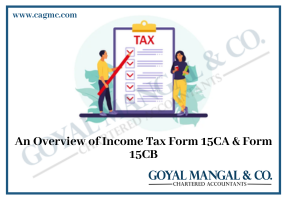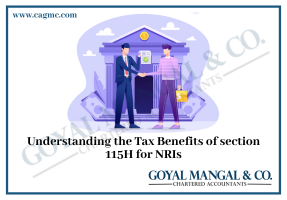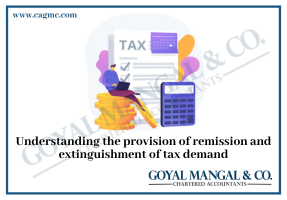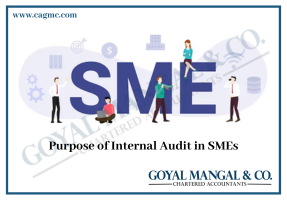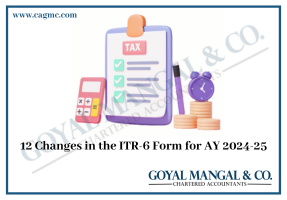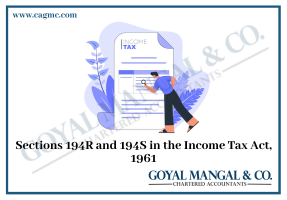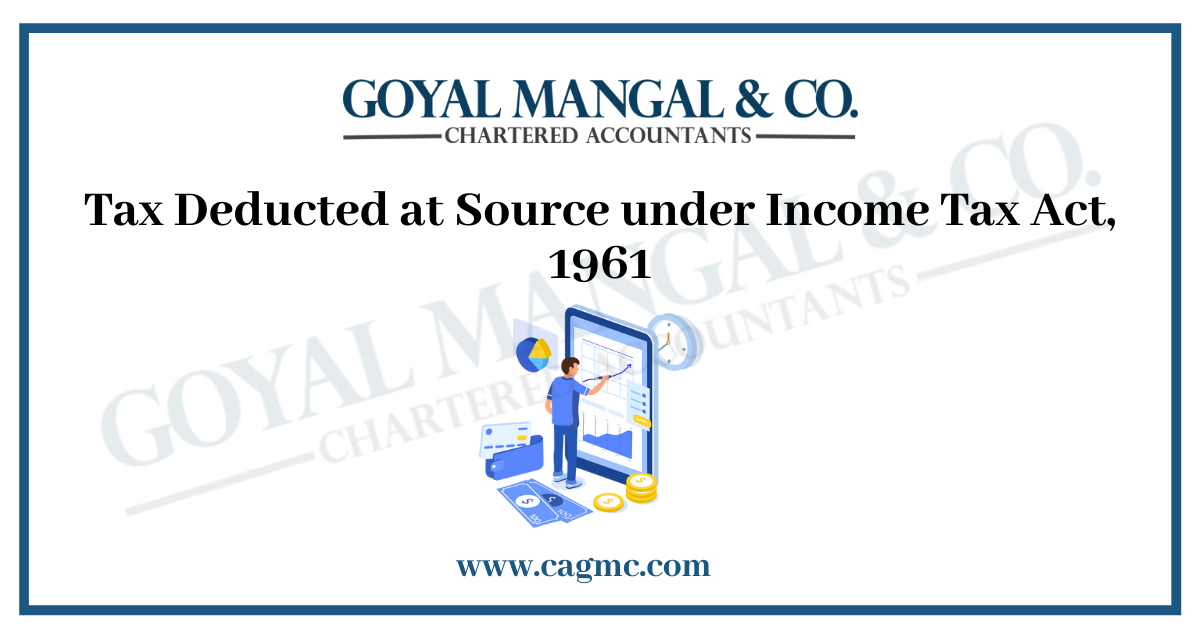
Any entity making a payment to a third party must deduct tax at the source and deposit the funds with institutions authorized to collect taxes on behalf of the government. They must also provide the Income Tax Department with TDS returns and challan information. In this article, we’ll discuss Tax Deducted at Source under Income Tax Act, 1961.
Tax Deducted at Source under Income Tax Act 1961
TDS, or Tax Deducted at Source, is the amount of income tax that gets deduct from money that person receives at the time of making certain payments, such as rent, commission, professional fees, salary, interest, and so on. In most cases, the person who receives money is responsible for paying income tax. However, the government ensures that income tax gets deduct in advance from your payments by using Tax Deducted at Source regulations. The net amount is then passes to the income recipient (after reducing TDS). The gross amount gets add to the recipient’s income, and the amount of TDS is deducted from his ultimate tax liability. The sum already deducted and paid on his behalf is credited to the beneficiary.
Concept of Deduction of TDS
Any individual making certain payments as per the Income Tax Act is to deduct TDS at the time of such payment. If the person making the payment is an individual or a HUF whose accounts are not required to be audited, no TDS must be deducted. Individuals and HUFs who pay rent in excess of Rs 50,000 per month are under obligation to deduct TDS at the rate of 5%, even if the individual or HUF is not subject to a tax audit. Individuals and HUFs who are under obligation to deduct TDS at a rate of 5% do not need to apply for TAN. TDS gets deduct by your employer at the applicable income tax slab rates.
Banks apply TDS at a rate of 10%. Alternatively, if they do not have your PAN information, they may deduct 20%. TDS rates are as per Income Tax Act, 1961 for most payments, and TDS gets deduct by the payer on these rates. You do not have to pay any tax if you submit investment proofs (for claiming deductions) to your employer and your total taxable income is below the taxable limit. As a result, no TDS should be removed from your earnings.
Similarly, if your total income is below the taxable limit, you can submit Form 15G and Form 15H to the bank so that TDS, then they will not deduct TDS from your interest income. If you haven’t been able to provide documentation to your employer, or if your employer or bank has already deducted TDS and your total income is less than the taxable limit, you can file a return and request a refund of the TDS.
Time Period for depositing the TDS to the Government
By the 7th of the following month, the taxpayer must submit the TDS to the government.
TDS deducts in June, for example, must be remit to the government by July 7th. TDS deduct in March, on the other hand, can be deposited until April 30th. The due period for TDS deducted on rent and property purchases is 30 days from the end of the month in which TDS is deducted.
Procedure for filing TDS Returns
All people who have deducted TDS are under obligation to submit Tax Deducted at Source returns. The taxpayer must file TDS returns, quarterly and include information such as the dedicatee’s TAN, the amount of TDS deducted, the type of payment, and the dedicatee’s PAN. In addition, depending on the purpose of the TDS deduction, multiple forms for submitting returns are in need.
| Form No. | Transactions that must be declared on the return | Deadline |
| Form 24Q | TDS on Salaries | Q1 – 31st July Q2 – 31st October Q3 – 31st January Q4 – 31st May |
| Form 27Q | TDS is levied on all payments made to non-residents, with the exception of salaries. | Q1 – 31st July Q2 – 31st October Q3 – 31st January Q4 – 31st May |
| Form 26QB | TDS on property sales | TDS is deducted 30 days after the end of the month. |
| Form 26QC | TDS on rented property | TDS is deducted after 30 days from the end of the month. |
TDS Certificate
The TDS certifications are Form 16, Form 16A, Form 16 B, and Form 16 C. TDS certificates must be supplied to the assessed from whose income TDS was deducted while making payment by the person deducting TDS. When TDS gets deduct on interest from fixed deposits, for example, banks give Form 16A to the depositor. The employee receives Form 16 from the employer.
TDS credits in Form 26AS
It’s important to know how TDS relates to your PAN. TDS deductions are in link to both the deduct or and the dedicatee’s PAN numbers. If you have had TDS deducted from any of your earnings, you must fill out Tax Credit Form 26AS. This is a consolidated tax statement that all PAN holders have access to.
Because all TDS is in link to your PAN, this form details the TDS which gets deduct from your income by each deduct or for all types of payments give to you – whether salary or interest income – all TDS in relation to your PAN is reports here. Income tax is also payable directly by you on this form, either as advance tax or self-assessment tax. As a result, it’s critical that you correctly enter your PAN whenever TDS may be due on your earnings.
Case of Tax liability where TDS is already deducted from Income
TDS gets deduct from your salary based on your income tax bracket. TDS rates for other types of income are ranging between 10% and 20%. Your tax rate is not determined by your overall income. As a result, in some situations, there will be an application of a TDS on your receipts. Separately, you’d have to figure out your annual income by combining all of your sources of revenue.
For computing your real tax liability authority will take references from your total taxable income. You can claim credit for TDS deducted on your various receipts based on the taxes calculated. To calculate the sum due to the IRS, subtract the tax deducted at source from your actual tax liability. You may also be eligible for a refund. In either situation, you must file an income tax return and either pay the tax due or request a refund.
What is the procedure for claiming Tax Deducted at Source?
On the IRS website, individuals can apply for a TDS refund. Taxpayers must, however, file income tax returns and receive TDS refunds. Income Tax Department will process the TDS after the taxpayer files his or her ITR. Within six months, the bank will credit the funds. Individuals can also check the status of their refund on the official website of the Internal Revenue Service.
Endnote
Tax Deducted at Source under Income Tax Act, 1961 is a phenomenon that exists to limit the likelihood of income evasion by the beneficiary. Furthermore, the country’s economy’s transparency gets a boost from the timely filing of TDS returns.
Tax deducted at source relieves a deductee of the burden of filing taxes. It ensures that the government receives consistent revenue from taxpayers.
